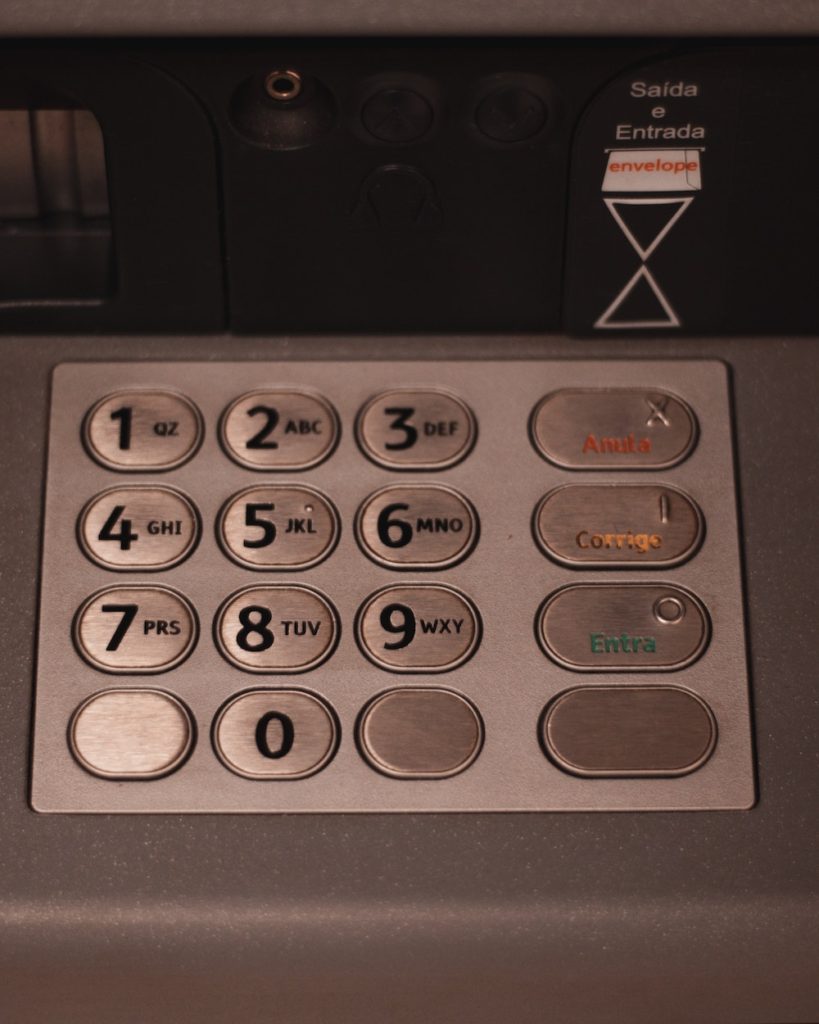Fraudsters are constantly developing new and sophisticated ways to steal money from unsuspecting individuals, including young professionals just like you. However it’s not all doom and gloom, as you’ve got allies on your side watching your back. For example, banks know that fraudsters are always working on new ways to defraud you and banks have implemented various measures to identify and prevent that fraud. Here’s a closer look at how banks recognize and avoid fraud and how these measures can help keep your hard-earned money safe.
Bank Verification
One of the critical ways banks prevent fraud is through bank verification. When you apply for credit or open a bank account, the bank will verify your identity to ensure that you are who you say you are.
This involves checking your identification documents, such as your Passport, driver’s license, or any government-issued ID, with the unique information you entered into their database to confirm that you are who you claim to be.
Fraud Detection Strategies
Fraud prevention tools are essential to banking in today’s digital age. Banks have implemented intelligent fraud detection strategies to avoid losing customers’ trust. By leveraging technological advancements like artificial intelligence and machine learning algorithms, banks can monitor customers’ financial activities in real time and identify unusual activity that may indicate fraud.
With advanced analytics tools, banks can also analyze data from multiple sources to identify fraud trends and patterns, allowing them to improve their fraud prevention strategies continuously.

Image credit Unsplash
Red Flag Alerts
Red Flag alerts are warning signs that banks use to identify high-risk transactions. These risks may include identity theft, unauthorized access to accounts, insider fraud, and other fraudulent activities. Unusual patterns of transactions, changes in account activity, significant transactions, and other suspicious activities can trigger these alerts.
One way that banks detect red flags is through the use of sophisticated algorithms and analytics. They track customers’ transaction histories, credit profiles, and geographic locations to identify unusual patterns or anomalies that might indicate fraudulent activity.
Two-factor Authentication
Banks commonly use two-factor authentication processes to help protect against unauthorized access to your accounts. This means that in addition to your login credentials, the bank requires additional verification, such as a one-time code sent to your mobile phone, to confirm your identity, adding an extra layer of security.
To access an account or specific feature, two-factor authentication requires users to provide two forms of identification as a security measure. The first is typically a password or a PIN, and the second is an additional form of identification, such as a fingerprint or facial recognition.
How does two-factor authentication prevent fraud?
Two-factor authentication protects against fraudsters attempting to access an individual’s account. Even if a hacker has stolen a user’s password or PIN, they won’t be able to access the account without a second form of identification. This significantly reduces the risk of unauthorized access.
What are the different types of two-factor authentication used by banks?
Banks use various forms of two-factor authentication, depending on their security policies and technical capabilities. Some of the most commonly used types of two-factor authentication include SMS verification, biometric authentication, software tokens, and hardware tokens.
What are the benefits of using two-factor authentication?
Besides preventing fraud, using two-factor authentication has several benefits. For one, it gives users added peace of mind that their accounts are secure. In addition, it can help banks comply with regulatory requirements for safe online banking and protect their reputation by reducing the likelihood of security breaches.

Image credit Unsplash
Empowering Customers with Information
Most banks have provided their customers with information on typical fraud schemes and signs that may indicate the possible occurrence of fraud. They also advise using the internet or mobile application only from the original manufacturers, which you validate before downloading, as some hackers make fake versions of well-known mobile applications to gather banking information. They encourage customers to report any suspicious activity and provide a variety of ways to do so, such as by telephone, email, or live chat.
Summary
With the sophistication of modern technology and the ingenuity of fraudsters, preventing fraud is an ever-evolving challenge. Banks understand this and have developed various measures to identify and prevent fraudulent activity before it escalates. Partnering with your bank to safeguard your accounts by adhering to their secure banking protocols, keeping your information safe, and reporting any suspicious activity can help prevent potential fraudulent attempts and save your hard-earned money.
Disclosure: Some links will earn me a commission.


 Personal Finances are certainly top of mind for many of us. If you're looking to get serious about improving your financial situation, we've got lots of great materials all over this site! Additionally, we realize that there's a lot of noise out there, and so we created PERSONAL FINANCIAL GUIDES focused on topics with all the info you need, and without any of the noise/ads/clickbait.
Personal Finances are certainly top of mind for many of us. If you're looking to get serious about improving your financial situation, we've got lots of great materials all over this site! Additionally, we realize that there's a lot of noise out there, and so we created PERSONAL FINANCIAL GUIDES focused on topics with all the info you need, and without any of the noise/ads/clickbait.